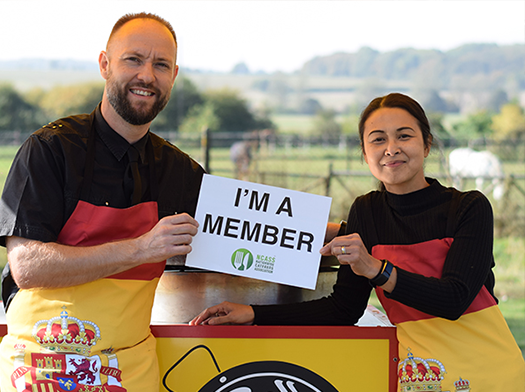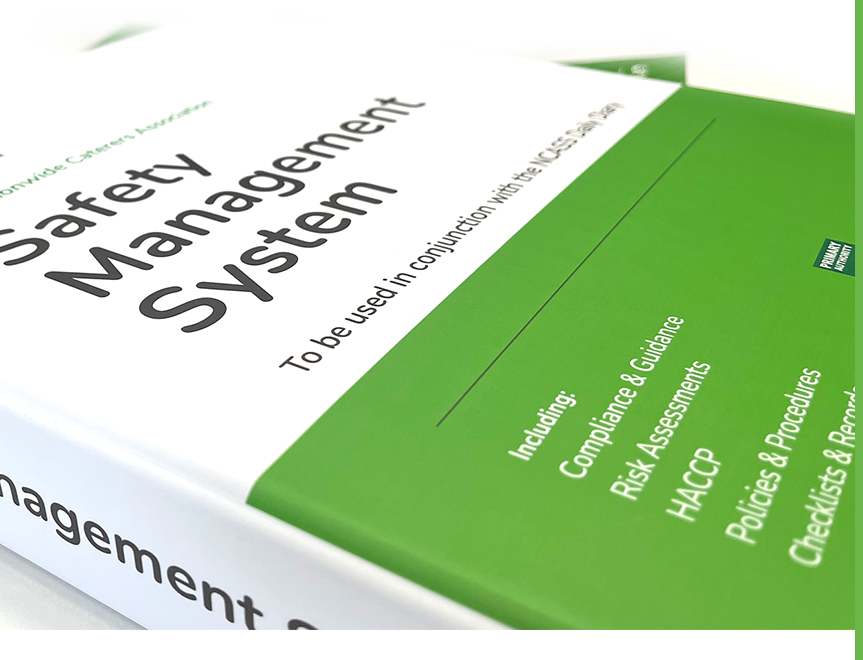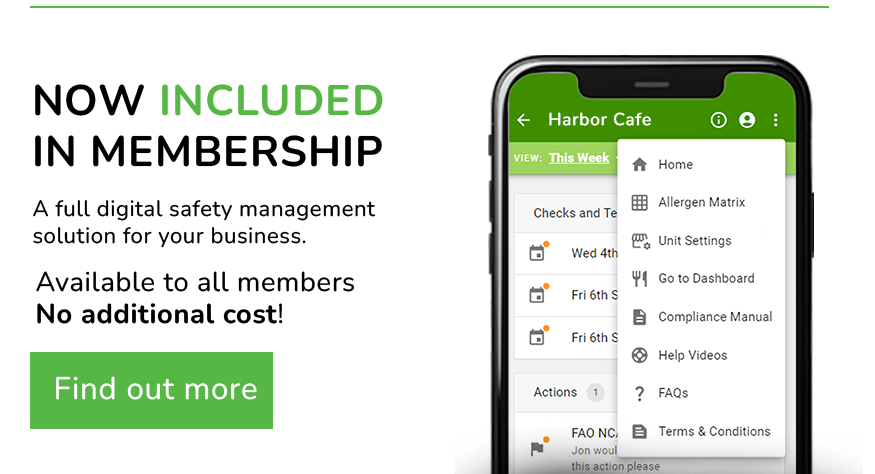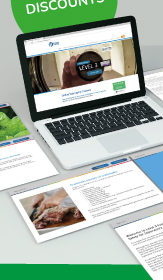We sat down with Kerry from Booker to get some insightful tips and advice about Menu Planning and Gross Profit (GP) ahead of the busy summer season.
I’m Kerry and I’ve worked for the Booker group for the past 15 years as a Catering Development Manager and for the past 4 years in the National Account team where I have had the privilege of working with NCASS and supporting their customers. I have also worked extensively as a Head Chef in Hotels and Restaurants as well as being a Catering College Lecturer.
Below, you will find some helpful tips on Menu Planning and improving your GP to ensure that you are being cost effective, practical, and taking the best steps to grow your business.
Menu Planning
This year will continue to be very challenging regarding food chain supply and inflation. When menu planning, look at possibly reducing the number of dishes you are thinking of putting on the menu. Make sure you have worked out the GP for all your dishes and don’t forget to factor in all those hidden extra costs: gas, electricity, disposables.
Some very simple questions to ask yourself are:
- Am I confident in the supply of my key ingredients?
- If supply is interrupted, what alternatives can I use?
- Are my ingredients going to increase in cost (are they affected by global markets e.g., cooking oil)?
- Do I need to talk to my supplier regarding weekly volumes to ensure I have a consistent supply of stock?
- How can I reduce my wastage?
- Have I got the right portion controls vs price?
Practical Steps to Help you Improve your GP
It’s a team game so get the whole team to buy into the sales performance. Be aware of the impact of expenditure in your business. As a very quick guide, whatever your monthly revenue is, divide that by 100 and you will know the effect in £s and %s on your GP.
- If your monthly revenue is £30,000 then every £300 you spend or save, is worth 1% on the GP. This kind of information can be broken down into chunks which are easier for the team to understand
- So, if you wanted to target a 2% increase on the GP across the month, you could target your team with a £600 saving. Break this down into £20 a day and then even further into £7 per service
- When you see two loaves of bread, a kg of sausages and a tin of beans left over from breakfast, it can quickly add up to that day’s £7 breakfast cost reduction. There is always some wastage, but it’s a useful focus tool.
There are three main influences on GP – price, quantity, and revenue. If you can change any of them, you’ll change the GP of a dish.
- Price – The cost of the ingredients
- Quantity – The amount of ingredients produced and consumed
- Revenue – The money received (nett of VAT) to produce the menu
Five Areas to Take Action
Here are five areas to consider taking practical action in order to work through any potential issues:
-
Deliveries and Invoices
- Picking and packing errors can happen, so you need to have a system in place for checking and signing
- Check your invoice/deliveries to make sure you receive what is on the invoice.
- Check the prices – have they moved?
- Check that the quantities match what you ordered to avoid ‘over-deliveries’ e.g., specified 2 x 4kg striploins and received 2 x 5kg.
-
Costings
- Dish costings serve multiple needs apart from the obvious cost per dish
- As well as to calculate margin, use costings to engineer recipes and achieve greater profitability
- Ensure that recorded costings match what is actually going onto the plate
- Portion control – keep the portions consistent and ensure the whole team is doing the same
- Review your ingredients and work out if using a less expensive alternative is appropriate
-
Wastage
- Log wastage to identify trends, not to apportion blame
- Wastage includes cooking mistakes, produce going bad, over-ordering, over-delivery, and over-production.
-
Theoretical Margin
- If the costings are correct, have been plate checked and you are in control of wastage, then what margin should you be achieving?
- Create a simple spreadsheet to extend dish sales per period and calculate total costs against total nett revenue both per dish and overall
- Introduce alternative products and costs to see the overall effect on costings and margin
- Tinker with your selling prices – what effect on margin is obtained by adding 25p or 50p to a side-dish, hot beverage, or a dessert?
-
Inventories
- Be in control of stock-counting. A stock variance at the end of the period can create a swing in the margin based on either consumption or forward ordering
- Have a basic stock sheet on a clipboard to track top-selling proteins and valuable goods
- Track sales vs purchases. For example, with Sirloin Steaks: I bought 100 this week, sold 70, we ‘wasted’ 5 which were sent back cooked wrongly, and I have 10 in stock. So where are the remaining 15?
Are you signed up to the Booker X NCASS deal? Find out how you could get cashback while you spend here.






 Featured Training
Featured Training
OUR MEMBERSHIP
We're here to help make your catering business a success. Whether that be starting up or getting on top of your compliance and marketing. We're here to help you succeed.
Want our latest content?
Subscribe to our mailing list and get weekly insights, resources and articles for free
Get the emails